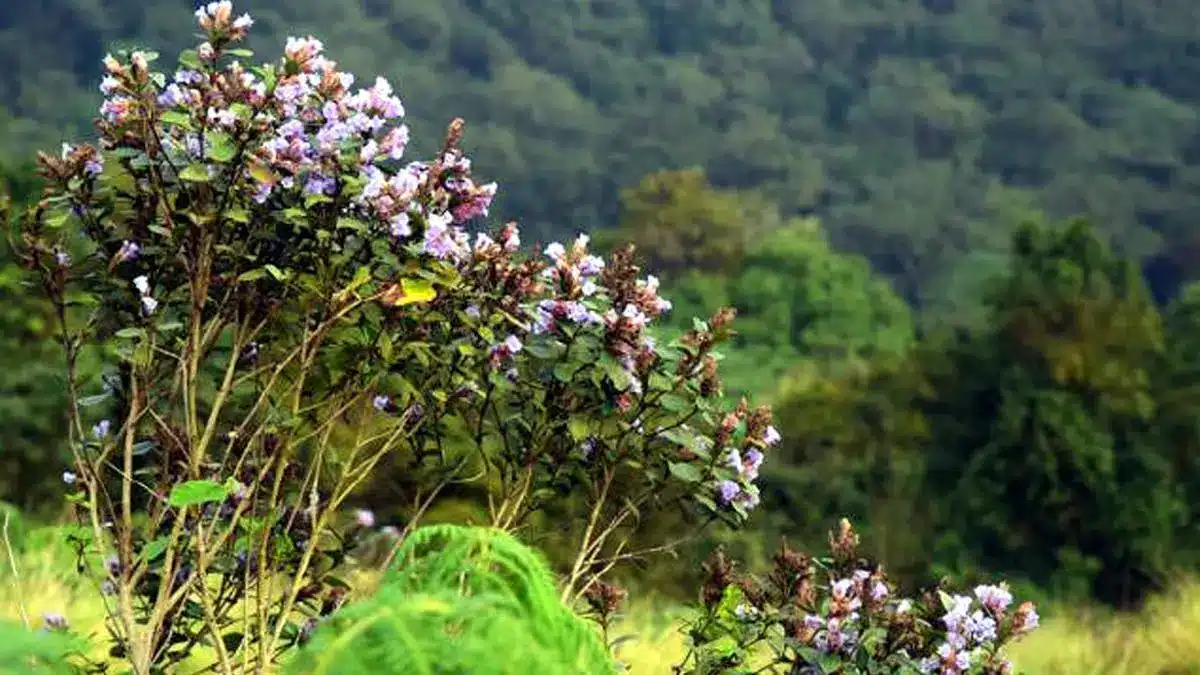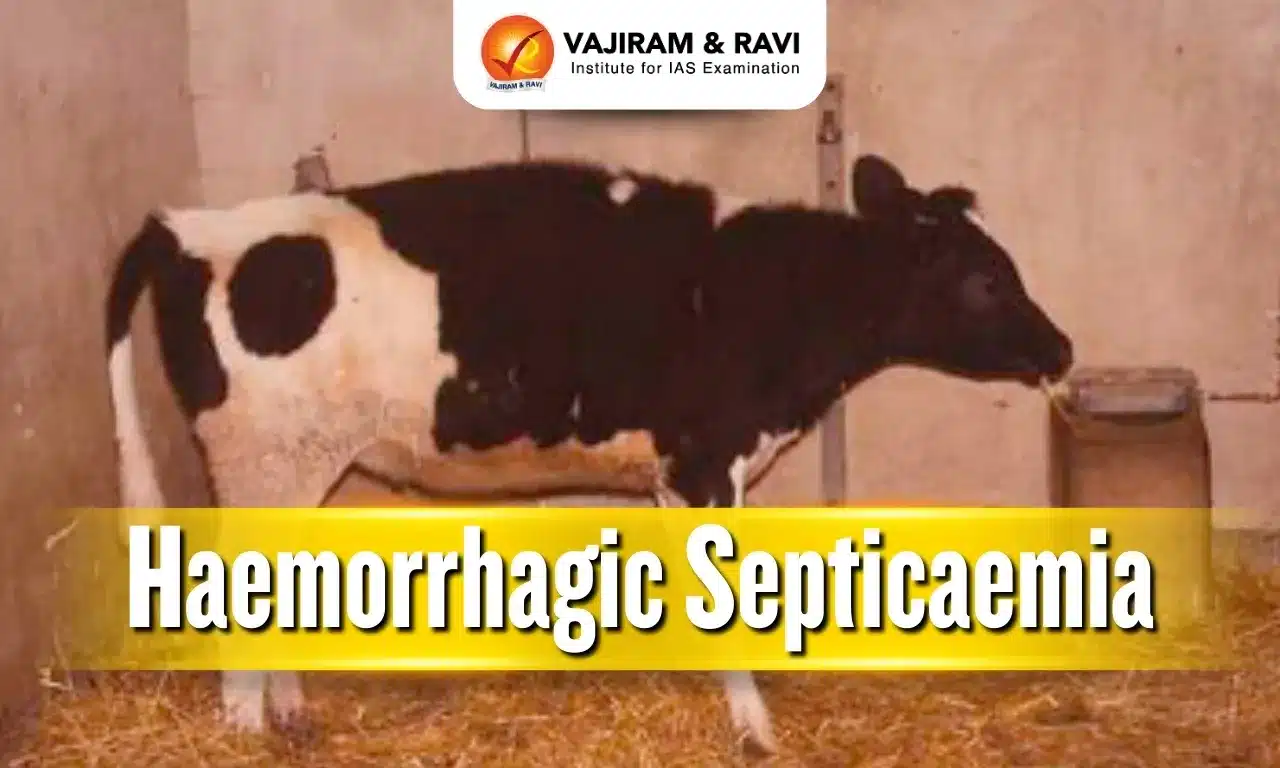About Neelakurinji:
- It is the purplish flowering shrub which blooms once in 12 years.
- Habitat: It is an endemic shrub of three-metre height, seen only in the high-altitude shola grassland ecosystems of five mountain landscapes of southwest India at an elevation of 1,340–2,600 m.
- Distribution:
- The species has 34 subpopulations within 14 ecoregions of the high-altitude mountain ranges of southwest India. There are 33 subpopulations in the Western Ghats and one in the Eastern Ghats (Yercaud, Shevaroy Hills).
- They are semelparous with showy synchronous blooming and fruiting at every 12 years at the end of the life cycle, which has been reported since 1832.
- Cultural significance:
- Nilgiri Hills (Literally meaning the blue mountains), got their name from the blue flowers of Neelakurinji.
- The Paliyan tribes (in Tamil Nadu) use it as a reference to calculate their age.
- Threats: It is threatened mainly due to its fragile habitat in the montane high altitude grasslands that has been under pressure of conversion for tea and softwood plantations, and urbanization.
- Recent Global assessment of Neelakurinji :
- This is the first ever Global Red List assessment for this flagship species of the montane grasslands of southwest India.
- Conservation status: The latest global assessment confirms its threatened status in the Vulnerable (Criteria A2c) category of the IUCN.
Q1: What is the International Union for Conservation of Nature (IUCN)?
It was created in 1948 which has evolved into the world’s largest and most diverse environmental network. It is composed of both government and civil society organizations. It provides public, private and non-governmental organizations with the knowledge and tools that enable human progress, economic development and nature conservation to take place together.
Source: Neelakurinji becomes a ‘threatened species,’ officially
Last updated on November, 2025
→ Check out the latest UPSC Syllabus 2026 here.
→ Join Vajiram & Ravi’s Interview Guidance Programme for expert help to crack your final UPSC stage.
→ UPSC Mains Result 2025 is now out.
→ UPSC Notification 2026 is scheduled to be released on January 14, 2026.
→ UPSC Calendar 2026 is released on 15th May, 2025.
→ The UPSC Vacancy 2025 were released 1129, out of which 979 were for UPSC CSE and remaining 150 are for UPSC IFoS.
→ UPSC Prelims 2026 will be conducted on 24th May, 2026 & UPSC Mains 2026 will be conducted on 21st August 2026.
→ The UPSC Selection Process is of 3 stages-Prelims, Mains and Interview.
→ UPSC Result 2024 is released with latest UPSC Marksheet 2024. Check Now!
→ UPSC Prelims Result 2025 is out now for the CSE held on 25 May 2025.
→ UPSC Toppers List 2024 is released now. Shakti Dubey is UPSC AIR 1 2024 Topper.
→ UPSC Prelims Question Paper 2025 and Unofficial Prelims Answer Key 2025 are available now.
→ UPSC Mains Question Paper 2025 is out for Essay, GS 1, 2, 3 & GS 4.
→ UPSC Mains Indian Language Question Paper 2025 is now out.
→ UPSC Mains Optional Question Paper 2025 is now out.
→ Also check Best IAS Coaching in Delhi

















